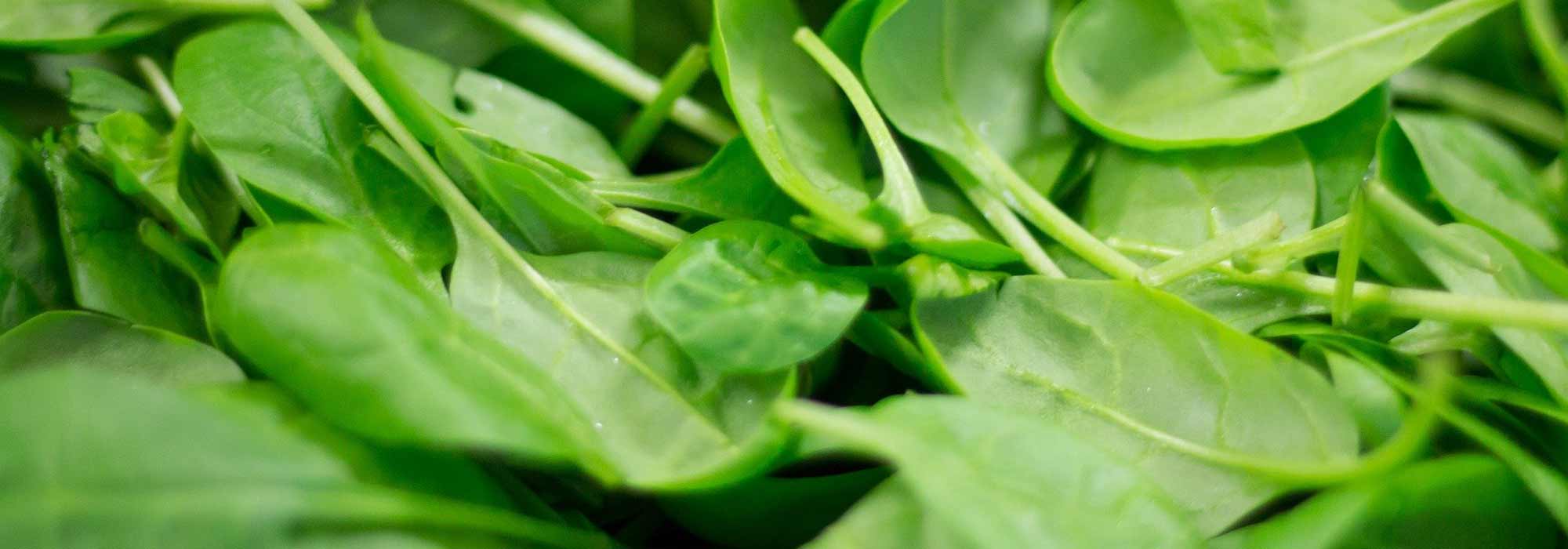
Leaf vegetable: 8 essential varieties
Our selection of leaf vegetables you absolutely must grow in your vegetable patch!
Contents
Leaf-vegetables are grown for their foliage, which can be eaten raw or cooked depending on species. Often low in calories and fat, they are however rich in fibres, iron and calcium, as well as various vitamins. Discover our selection of 8 leaf-vegetable varieties essential for your vegetable patch.
Branch celery consumed for its long fleshy petiole
Celery branch, Apium graveolens var. dulce, is a leaf vegetable originating from marsh parsley. It is valued for its finely cut stems eaten cooked to flavour soups and stews, or raw as appetisers. Vegetable plant biennial, it flowers during its second year of cultivation and then produces inflorescences in umbels made up of many small white flowers.
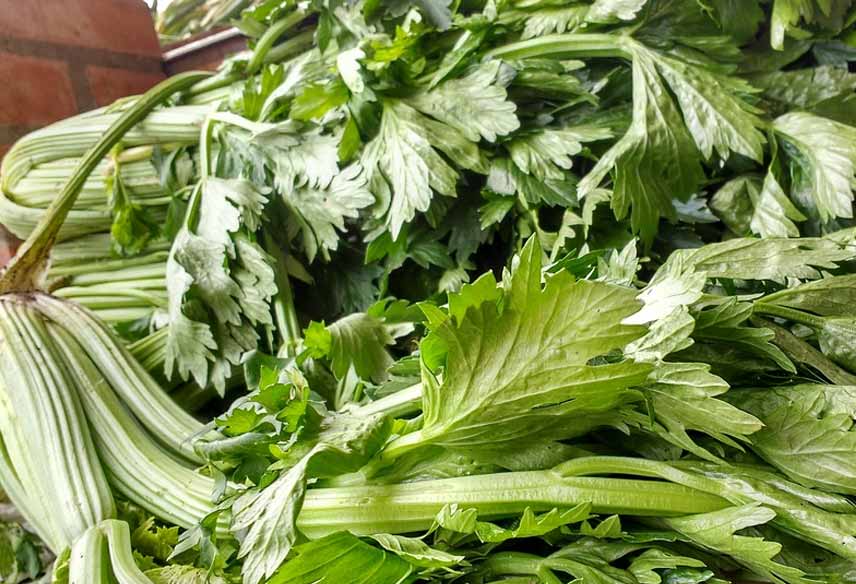
Grow in vegetable garden
Celery grows in cool soils, loose, rich in humus and non-acidic, in full sun or partial shade. It needs well-manured soil and frequent, plentiful watering so soil remains constantly moist. Plant from mid-May to late June, when all risk of frost has passed and in warmed soil.
Which variety to choose?
- Among the most interesting varieties, consider growing the celery Géant Doré Amélioré, fragrant, vigorous and with pale green foliage with golden highlights.
- The celery branch Golden Spartan, a variety with golden, deeply cut and ample leaves, will offer broad non-stringy midribs.
- You can also opt for a productive variety that self-blanches with celery Lathom Self Blanching.
- Try the celery Tango F1, an exceptional hybrid with compact, vigorous foliage, bearing wide, fleshy midribs.
- The celery Peppermint Stick, a variety with superb white stems, striated with soft pink, will offer its bold flavour.
Cabbages, a large and very varied family
Cabbage, Brassica oleracea, refers to a wide range of varieties, many of which are grown for their leaves. Very variable in appearance and taste, foliage can be wrinkled, smooth, curly… Cabbages are notable for being rich in vitamins C, B6 and B9, and for the fibres and minerals they contain in quantity.
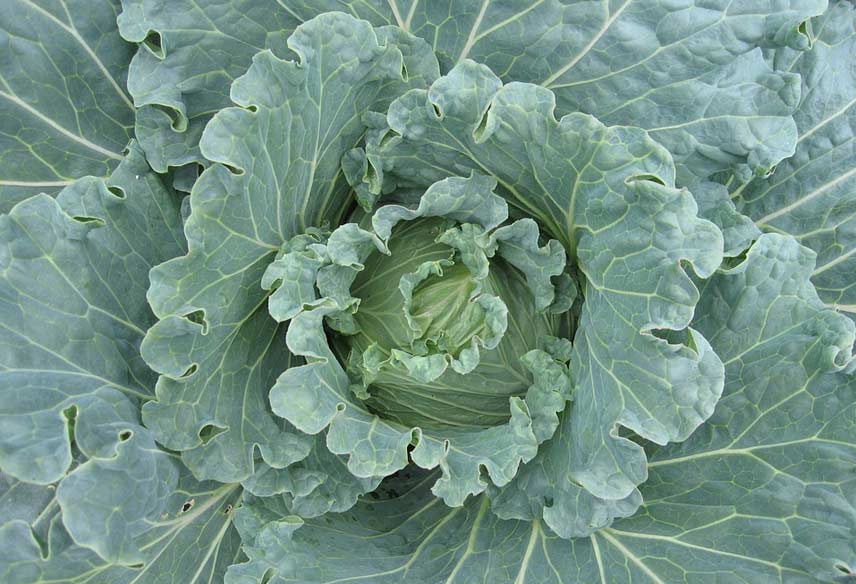
To grow it in the vegetable garden
Cabbage is easy to grow in all climates. Generally hardy, it grows in fresh, deep, rich, light soil that never dries out. It should also be grown in a sunny or semi-shaded position in warm regions. Although it requires well-manured soil rich in compost, cabbage does not like however excess nitrogen. Depending on the variety, it is harvested in spring, summer, autumn or winter.
Which variety to choose?
- Consider heading cabbage Tête de Pierre F1, an early variety that produces beautiful round heads.
- Milan cabbage Aubervilliers is an old, early and flavoursome variety producing blue-green, crinkled leaves.
- Brussels sprouts Rosny is a late, classic and easy-to-grow variety, a staple of vegetable gardens.
- As for Pak Choi Canton dwarf, it is a Chinese cabbage with juicy, crunchy stems and a mild, sweet flavour.
- The curly kale Halbhoher Vert half-dwarf is a hardy and easy-to-grow variety, offering beautiful curly leaves.
- Finally, kale Nero di Toscana with almost black, curly leaves, is a very hardy variety harvested from autumn to winter.
Discover other Vegetables by variety
View all →Available in 1 sizes
Available in 1 sizes
Available in 1 sizes
Available in 1 sizes
Available in 1 sizes
Available in 1 sizes
Available in 1 sizes
Available in 1 sizes
Available in 1 sizes
Available in 1 sizes
Spinach, to be harvested in all seasons
Spinach, Spinachia oleracea, is a leaf-vegetable valued for its beautiful rosettes of leaves of dark green, crisp, flavoursome and rich in vitamin B9. It is eaten raw in mesclun, or cooked in many dishes. Annual or biennial plant, there are varieties of spinach for every season. Female plants bear inconspicuous small green-yellow flowers, and male plants bear flowers with more conspicuous yellow stamens.
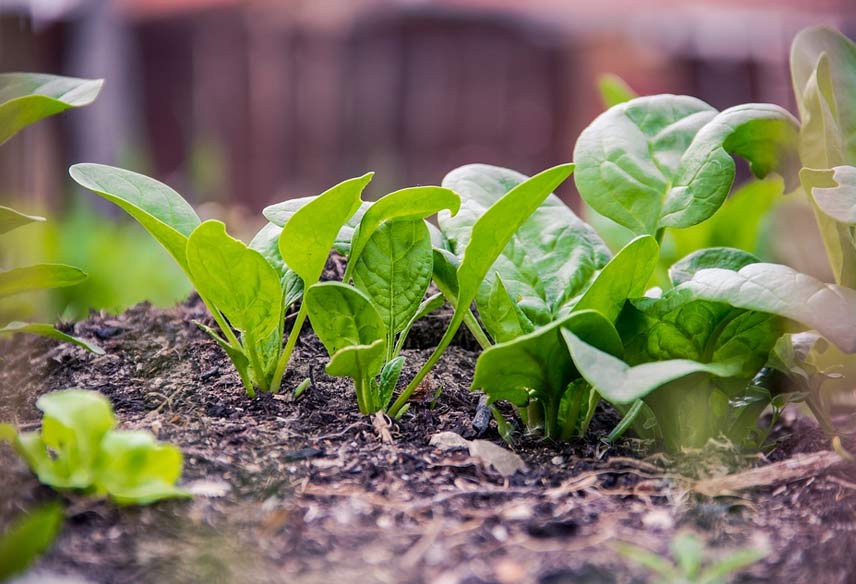
Growing it in the vegetable garden
Easy to grow, spinach needs moisture to develop well. Grow it in drained, moist soil rich in nitrogen and potassium. For a summer crop, choose preferably a shaded position (especially in the south). For a spring or autumn crop, favour a sunny aspect. Hardy down to about -6°C on average, harvest as required throughout the year.
Which variety to choose?
- For spring or autumn crops, favourSpinach Apollo, a variety with thick, fleshy leaves.
- For an autumn or winter harvest, prefer to grow theGiant Winter Spinach, a very productive and particularly hardy variety.
- TheViroflay Giant Spinach is a very vigorous variety, with large, flavoursome, generous leaves.
- Ideal for a summer harvest, theSpinach Junius is a variety with tasty leaves that resists running to seed and disease well.
- More unusual, theNew Zealand spinach is a vigorous plant with an iodine-tinged flavour, but it does not tolerate cold.
Lettuce, a generic term for an entire group of leaf vegetables
Chicory, cress, lettuce, lamb’s lettuce, mesclun, rocket and purslane… the generic term salad actually covers a group of leaf vegetables usually eaten raw. With green, blonde or purple leaves, smooth or curly… Salads come in many different shapes, and flavours ranging from mild to pronounced.
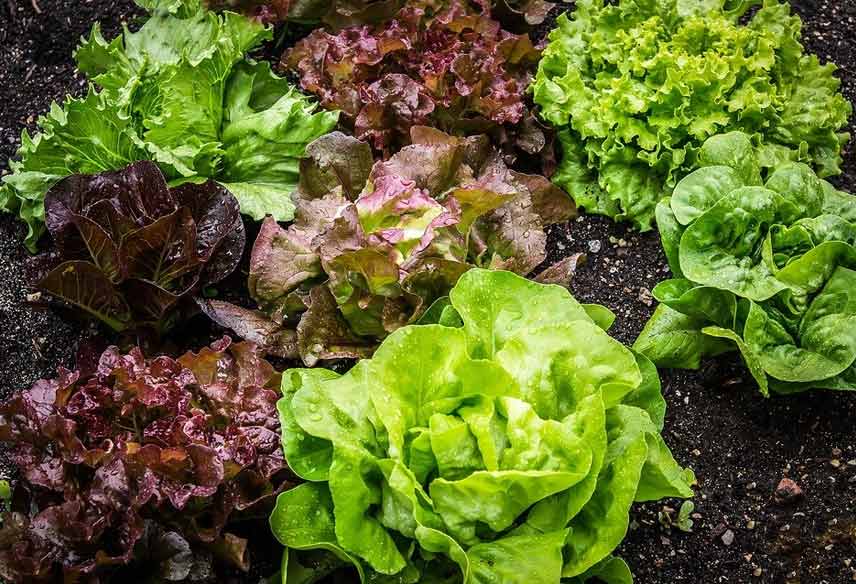
Growing them in the vegetable garden
Easy to grow, salads require no special care, apart from regular watering at the base. They grow in any rich, cool and light soil, neutral or slightly acidic, in full sun, or in partial shade for crops in high summer. Sowing, growing and harvest depend entirely on the salad variety grown.
Which variety to choose?
- Among chicories, you will appreciate the chicorée di chioggia a palla Bianca, which is harvested in winter, but also the chicorée frisée Fine de Meaux with its crinkled, crunchy leaves, or the chicorée Pain De Sucre and wild chicory Rouge de Vérone.
- On the cress front, you will be won over by the cresson alénois, an early soil variety with a slightly peppery taste. The famous cresson de Para jaune produces peppery, piquant leaves with an anaesthetic effect. As for the cresson du Brésil Rouge, it is a small kitchen-garden curiosity to be eaten fresh or dried.
- Among lettuces, don’t forget Batavia, notably the Reine des Glaces. Also consider the very versatile All The Year Round crisphead lettuce, the very crunchy Romaine Bionda Lenta a Montare, and the Oakleaf Eluarde in intense red.
- Among lamb’s lettuce varieties worth trying in the vegetable garden, try the mâche Gala, an early, vigorous and productive variety. The hardy mâche Verte à Coeur Plein will delight with its compact rosettes. As for the mâche Verte d’Etampes, it is a variety both productive and cold-hardy.
- For your rocket young plants, try the roquette Dicovery, halfway between salad and culinary herb. Cultivated rocket is a classic in vegetable gardens, but you may also enjoy the wild rocket, a more flavourful variety.
- Among purslanes, be tempted by the winter purslane Claytone de Cuba with its crunchy, tender leaves, and the golden purslane, a summer variety.
Sorrel, ideal leaf vegetable for permaculture
Sorrel, species of Rumex, is a culinary vegetable plant appreciated for its handsome leaves of bright green, arranged in rosettes, which offer a tangy flavour, sometimes even peppery. Sorrel is a perennial rich in vitamin C, magnesium, potassium, iron, copper and beta-carotene. In summer, sorrel produces erect and ramified flower stalks in clusters of small yellow-green or purplish flowers.
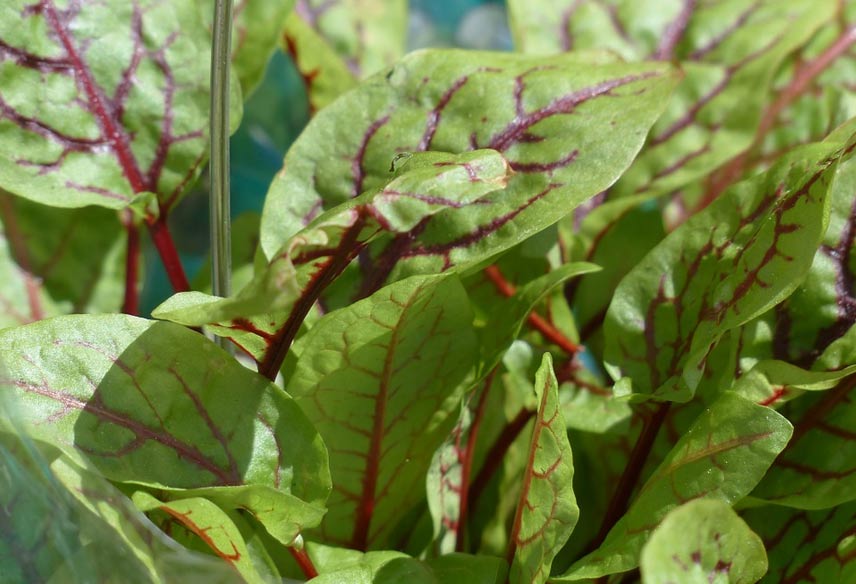
Growing sorrel in the vegetable garden
Very easy to grow, sorrel is a low-maintenance leaf-vegetable that thrives in cool, humus-rich soils, in light shade, as it dislikes drought. Plant in spring (March to May), outside frosty periods. Very hardy (down to -20°C), sorrel is a perennial vegetable that can remain in place for several years.
Which variety to choose?
- If you favour high yield, choose sorrel Large de Belleville for your vegetable garden.
- You might also appreciate purple sorrel, a variety with leaves beautifully tinged purple.
- Vigorous, blood sorrel is an ideal perennial for permaculture.
- As for wild sorrel, it will offer leaves with refreshing qualities.
Leek, a leafy vegetable eaten all year round
Leek, Allium porrum, is a herbaceous young plant well known in our vegetable gardens, grown for its sheathing pseudo-stems composed of a white bole and a cluster of flat bluish-green leaves. When cooked, white part of leek offers a delicate flavour. Young plant vegetable biennial, flowering stem topped by a spherical mauve umbel, provided with numerous hermaphrodite and protandrous flowers, appears during second year of cultivation.
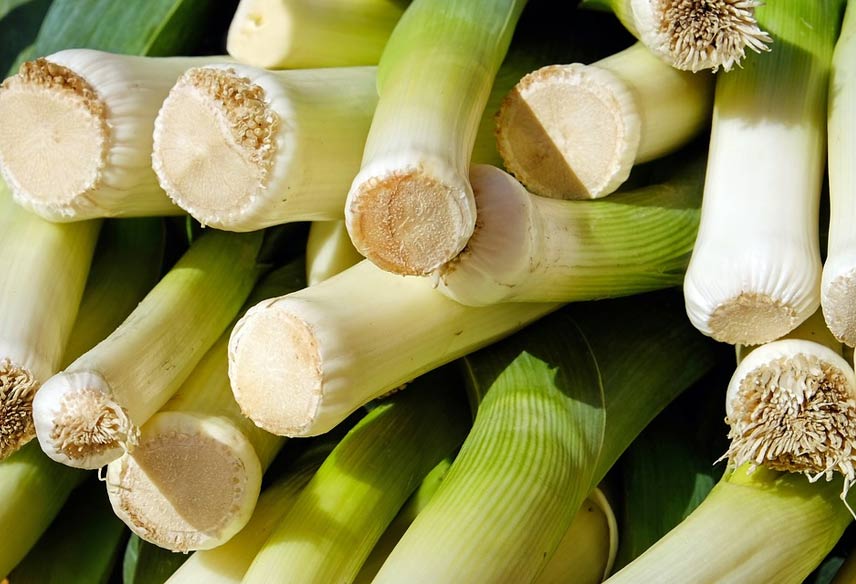
To grow in vegetable garden
Leek is grown in deep, rich soil in sunny exposure. It requires spreading compost or manure a few months before planting, as leek dislikes recent amendments. Earthing up must be carried out one month after planting in order to keep boles out of light so they remain tender. Hardy, sow leek from February (depending on varieties) for harvest all year round.
Which variety to choose?
- Choose Gros long d’été leek, Jaune gros du Poitou leek, and Géant précoce race Major leek for a summer harvest.
- Electra leek and Monstrueux de Carentan leek are perfect for an autumn harvest.
- Finally, Bleu de Solaise leek and Saint-Victor leek are outstanding winter varieties.
Chard or silverbeet, grown for their leaves and midribs
Swiss chard, Beta vulgaris, also known as Joutte, Bette, Blette, Bette à carde and Côtes de blette, is a vegetable grown for its broad, rounded leaves, and its stalks (midribs) which can be white, yellow, red or pink. Swiss chard is rich in fibre and minerals and is eaten mainly cooked. It also contains oxalates, so should not be eaten in excess. Biennial, it produces a flowering stem up to 2 m tall, bearing yellow‑green flowers, before setting seed and dying.
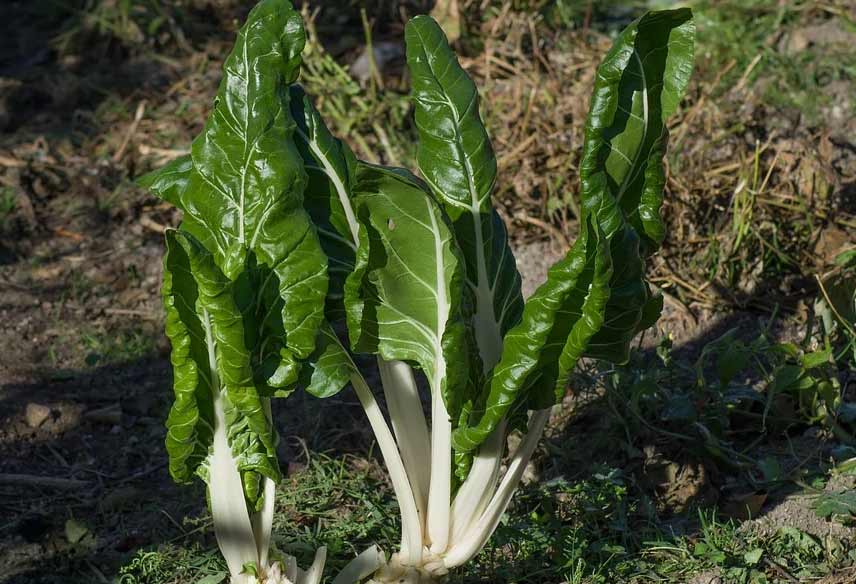
Growing in vegetable garden
Easy to grow, chard requires little maintenance, but it dislikes heat and drought. Regular hoeing and weeding are necessary, as is mulching. Swiss chard grows in rich and constantly moist soil, in a partly shaded position. Moderately hardy (down to -6°C), plant between May and August for harvest from July to November.
Which variety to choose?
- Be tempted by the Rhubarb Chard with red midrib, very decorative and flavoursome.
- Green chard with white midrib is a relatively early variety that copes well with heat.
- Green cutting chard, also called cutting chard, is grown for its tender young leaves.
- Finally, yellow‑stemmed chard is an ornamental variety that retains all its culinary qualities.
→ Discover our article Find lots of recipe ideas using chard!
- Subscribe!
- Contents
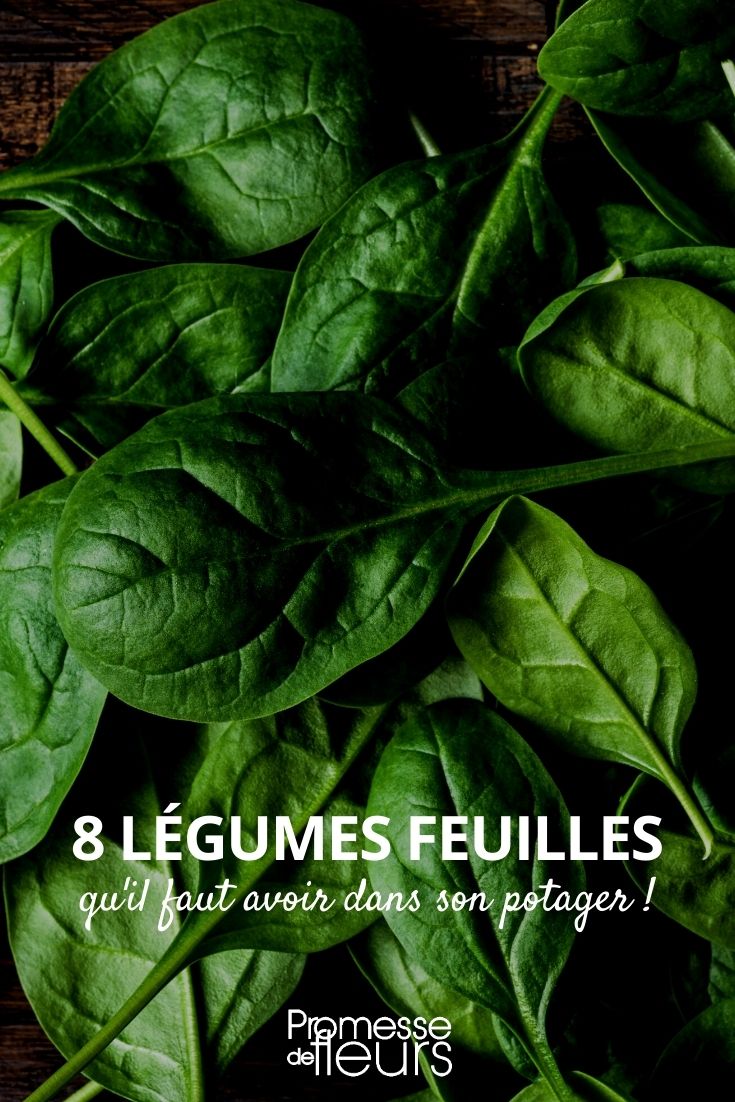































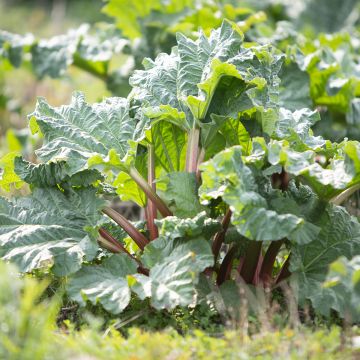
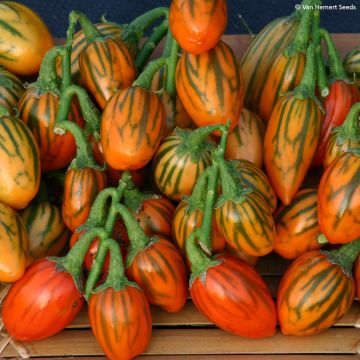
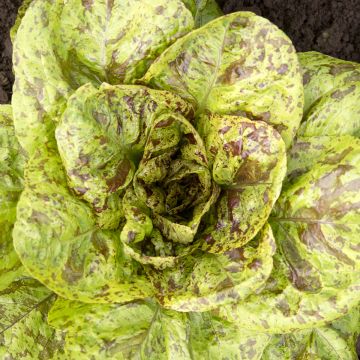
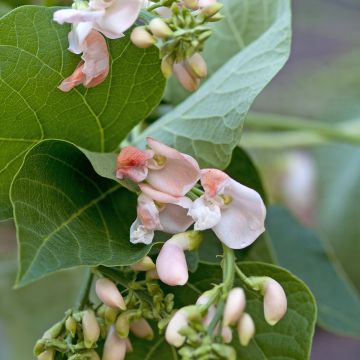
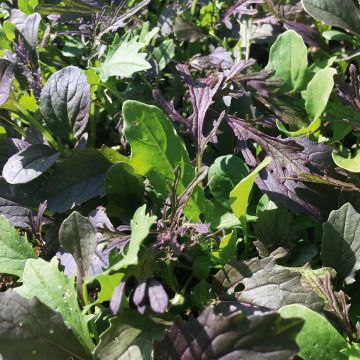
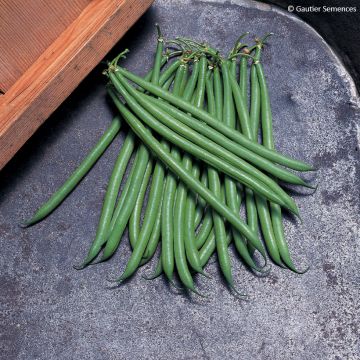

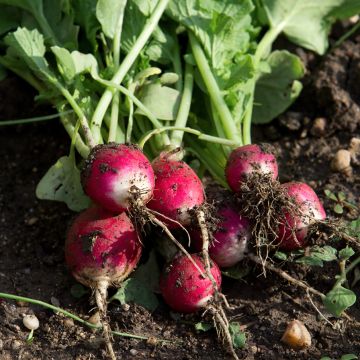
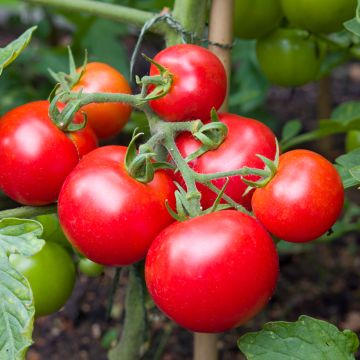
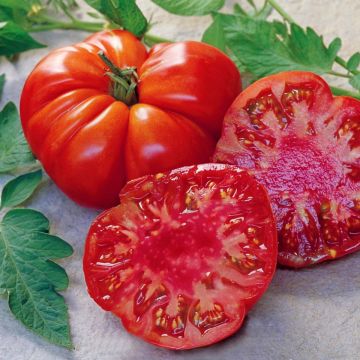
Comments